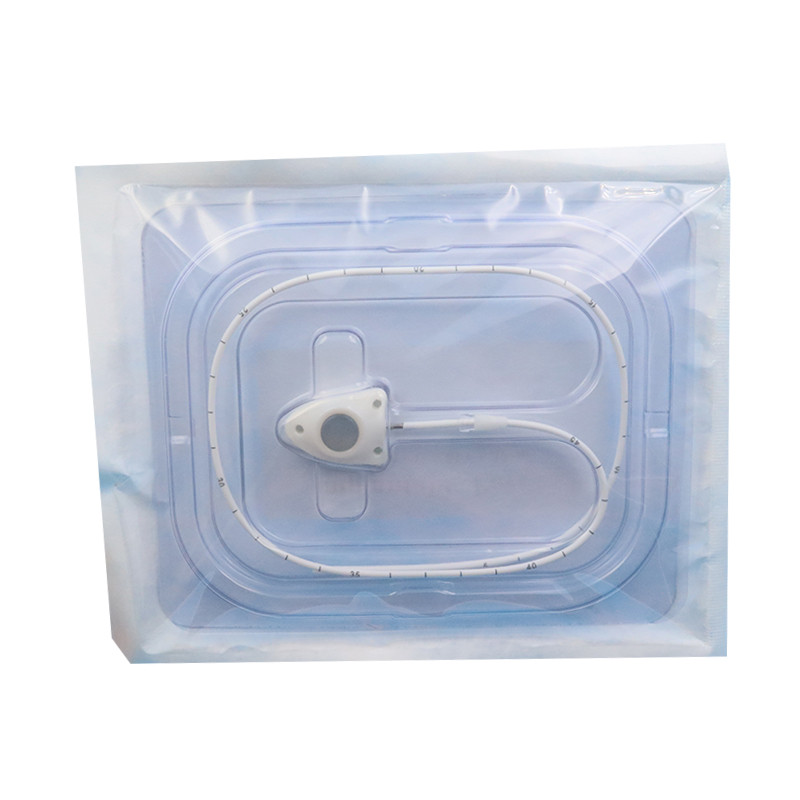Introduce:
Accessing a vein for delivery can be challenging when faced with a medical condition that requires frequent medication or long-term treatment. Fortunately, medical advances have led to the development of implantable ports (also known as power injection ports) to provide reliable and efficient vascular access. In this blog, we will explore the world of implant ports, including their functions, benefits, and the different types available in the market.
What is an implantable port?
An implant port is a small medical device that is surgically placed under the skin, usually on the chest or arm, to allow healthcare professionals easy access to a patient’s bloodstream. It consists of a thin silicone tube (called a catheter) that connects to a reservoir. The reservoir has a self-sealing silicone septum and injects the drug or liquid using a special needle called a Huber needle.
Power Injection:
One of the main advantages of implantable ports is their power injection capability, which means they can withstand increased pressure during the delivery of drugs or contrast media during imaging. This reduces the need for additional access points, frees the patient from repeated needlesticks, and minimizes the risk of complications.
Benefits of implanting ports:
1. Increased comfort: Implantable ports are more comfortable for the patient than other devices such as peripherally inserted central catheters (PICC lines). They are placed just below the skin, which reduces skin irritation and allows the patient to move more freely.
2. Reduced risk of infection: The implanted port’s self-sealing silicone septum eliminates the need for an open connection, significantly reducing the risk of infection. It also requires less maintenance, making it more convenient for patients.
3. Long life: The implanted port is designed to provide long-term vascular access without the need for multiple needle sticks for patients requiring ongoing treatment. This improves the patient experience and improves their quality of life.
Types of implanted ports:
1. Chemotherapy ports: These ports are specially designed for cancer patients undergoing chemotherapy. Chemoports allow for the efficient administration of high doses of drugs and aggressive therapy while minimizing the risk of extravasation.
2. PICC port: PICC port is similar to traditional PICC line, but adds the function of subcutaneous port. These types of implanted ports are often used in patients who require long-term antibiotics, parenteral nutrition, or other medications that may irritate peripheral veins.
in conclusion:
Implantable or powered injection ports have revolutionized the field of vascular access, providing patients with a more comfortable and effective way to receive medication or therapy. With their power injection capabilities, reduced risk of infection, increased longevity and variety of specialized types, implantable ports have become an integral part of many medical conditions, ensuring optimal patient care and improving overall treatment outcomes. If you or someone you know undergoes frequent medical interventions, it may be worth exploring implanted ports as a viable solution to simplifying vascular access.
Post time: Aug-16-2023


